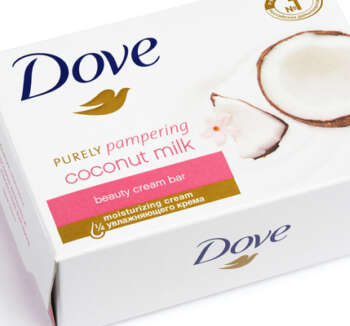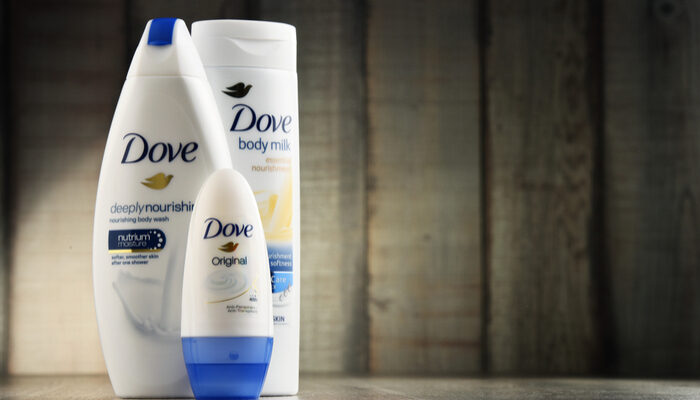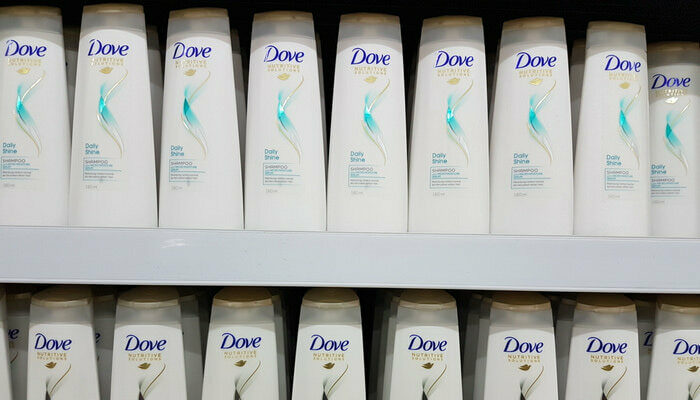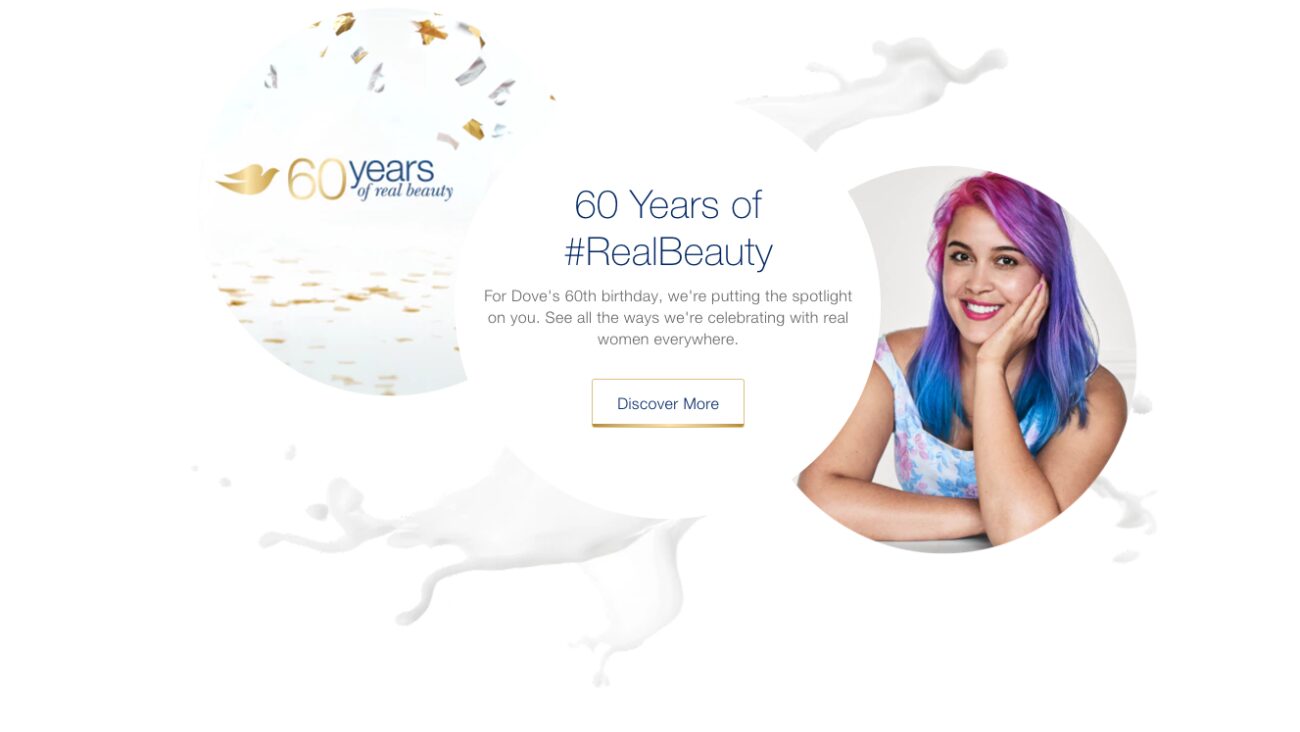Revealing Sketches
In 2013, the campaign took a deep dive into perceptions, exploring the difference between how women view themselves and how others see them. The “Real Beauty Sketches” video featured FBI-trained forensic artist Gil Zamora sketching composites of women based on the facial features they described to him. His companion sketch of the same subjects used descriptions provided by strangers who had earlier spent time with the women. Zamora’s subjects invariably exaggerated their least favorite features and played down or ignored characteristics the strangers observed.
The artist heard comments like “My mom told me I had a big jaw,” “I kind of have a fat, rounder face,” and “I’d say I have a pretty big forehead.” The finished sets of sketches, displayed side by side, were a study in contrasts. The image Zamora produced from the stranger’s observations in every case was more flattering—and more accurate. The strength of the “Sketches” campaign was its emotionally charged content that magnified a phenomenon not often addressed in mainstream advertising: how we as women tend to ignore our true beauty and focus instead on our flaws. It forced women to consider the almost universal tendency to be our harshest critic, and to contemplate—if not actually embrace—being a bit gentler when it comes to our appearances.
The video’s message truly touched a nerve, and those who viewed “Sketches” were anxious to share what they had seen. In its first month alone, the video was shared 3.74 million times (one share for every 30 views), ranking it as the third-most shared video, according to figures compiled by viral tracker Unruly Media. As the most watched video ad of all time, “Real Beauty Sketches” continues to be a cogent reminder to women that “You’re more beautiful than you think.”
It Hasn’t All Been Beautiful
Dove’s “Campaign for Real Beauty,” while an eye-opening, conversation-generating social phenomenon, has not been universally hailed. From the beginning, critics have been quick to point out the disconnect between Dove’s focus on “real beauty” and the promotion of such products as SlimFast, Axe, and Fair & Lovely skin-whitening cream by the brand’s parent company, Unilever. Jennifer Pozner, executive director of Women in Media and News and author of Reality Bites Back: The Troubling Truth About Guilty Pleasure TV, told the Huffington Post: “[These products] could not possibly exist if women actually as a demographic believed the principles at the campaign’s core. Cellulite cream would not exist if women believed they were beautiful and enough as it is.” Others have taken aim at one phase of the campaign that came across as rather disingenuous.
The “Patches” project, a classic example of the placebo effect, explored what would happen when women wore a patch on their upper arm that they were told would make them feel more beautiful. Participants kept video diaries documenting their beauty-patch journeys, and as the experiment progressed, all the women appeared convinced that the patch’s promise was being fulfilled. At the conclusion of the program, the women reacted—with astonishment, in most cases—to the news that the patch’s secret image-enhancing ingredient was actually “nothing.” We have to agree that this foray took the female-empowerment message in a less-than-convincing direction. Surely these women had to have been at least a little skeptical about a mysterious beauty patch that would magically improve their self-images. Magic beans, anyone? C’mon, Dove. This time around you insulted our intelligence, a move that’s never beautiful. (Read more about this and other empowerment-marketing efforts in this 2014 Britton Blog.)
Beauty Beyond the Ads
Twelve years into the campaign, we applaud Dove for keeping the conversation moving forward. The message is as relevant as ever, as new generations of young women confront their own perceptions and measure their reactions to ads geared toward females. We believe that Dove’s message, for the most part, has been on point. We’re gratified that the campaign extended beyond TV screens, billboards, and print ads. (Dove produced “Daughters,” an online series of interviews to enlighten mothers about the kinds of personal questions their teens want answers to.)
And Dove is to be commended for creating a fund to partner with organizations like the Girl Scouts and the World Association of Girl Guides to spearhead discussions about self-esteem and body confidence. “A product-based affair was never going to [affect change],” Janet Kestin, former Ogilvy & Mather creative director, told the Huffington Post. “The goal is to alleviate pressure on the next generation.” These words are a thing of beauty, and something we can all rally around.
Photos: Shutterstock






